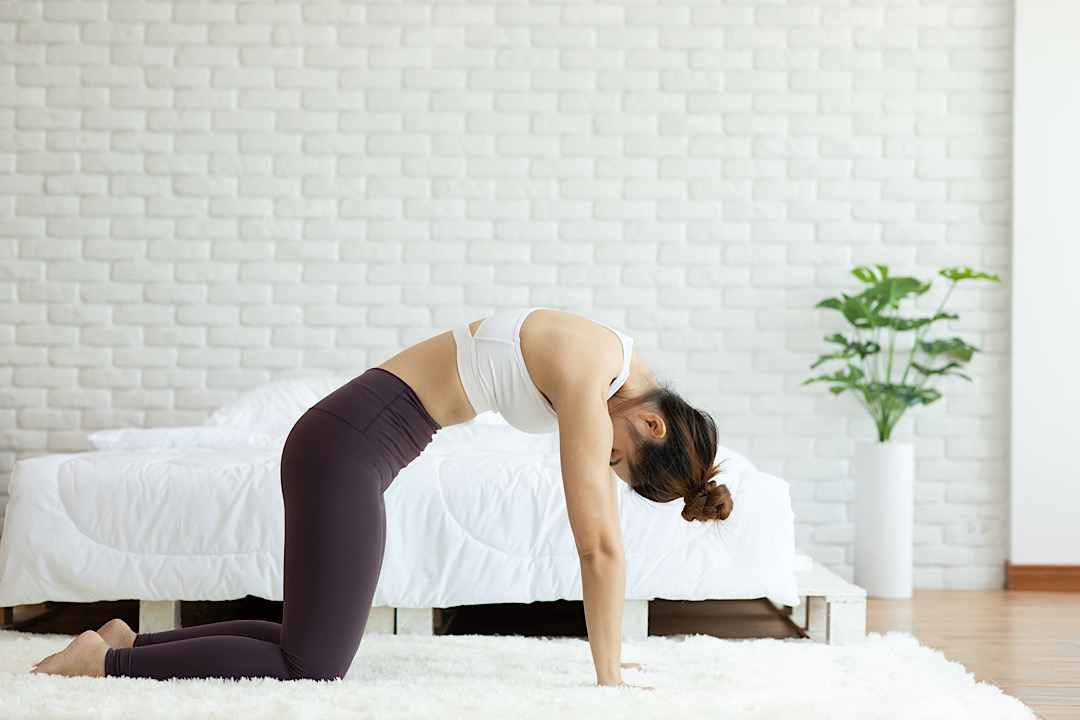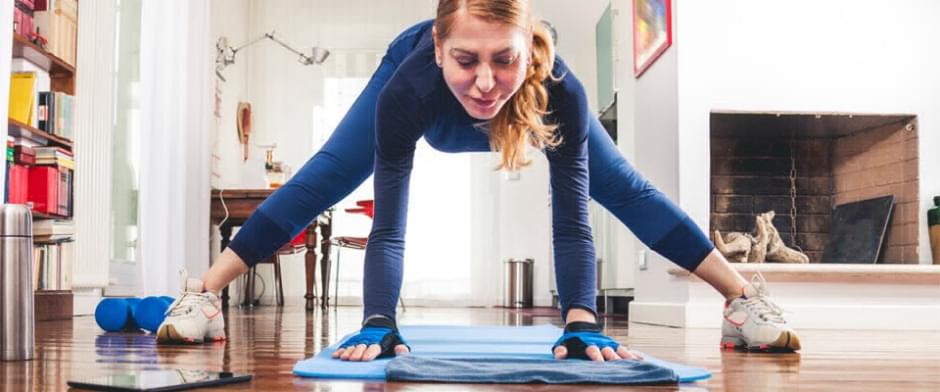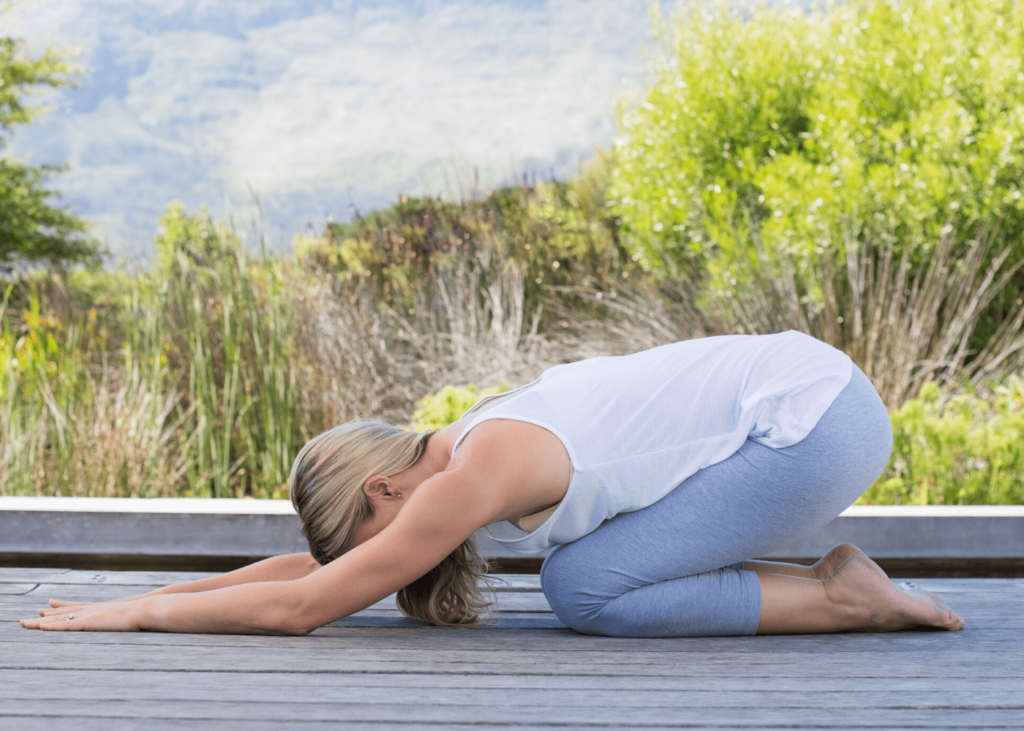Dowager’s hump, medically known as kyphosis, is a condition characterized by an abnormal curvature of the upper back and neck, resulting in a hunched appearance. It often occurs as a consequence of poor posture, particularly from spending prolonged hours sitting at desks, using smartphones, or engaging in activities that strain the neck and upper back. Not only does Dowager’s Hump affect one’s physical appearance, but it can also lead to discomfort, restricted mobility, and even long-term health issues. In this article, we will explore how targeted exercises for dowager’s hump can help address Dowager’s Hump and improve overall posture.
Understanding the Anatomy For exercises for dowager’s hump

To effectively combat Dowager’s Hump, it is essential to understand the anatomy of the neck and upper back. The human spine consists of multiple vertebrae, including the cervical spine (neck region) and the thoracic spine (upper back region). The unnatural forward curvature of the thoracic spine contributes to the development of the hump. Poor posture exacerbates this condition, leading to increased stress on the spine, ligaments, and muscles. Back Massager: A back massager can help alleviate muscle tension and promote relaxation, which is essential for reducing stress on the upper back.
The Role of Exercise in Correcting Dowager’s Hump
Exercise is a fundamental aspect of improving posture and addressing Dowager’s Hump. Regular physical activity strengthens the muscles supporting the spine and helps restore the natural curvature of the upper back. By focusing on exercises for dowager’s hump that targets the neck and upper back area, individuals can alleviate the strain on the spine, enhance flexibility, and regain proper alignment.
9 Effective Exercises to Get Rid of Dowager’s Hump

Neck Retraction For exercises for dowager’s hump
Neck retractions are simple yet powerful exercises to strengthen the muscles in the neck and upper back. To perform this exercise, sit or stand with your back straight, then gently tuck your chin inwards, lengthening the back of your neck. Hold this position for a few seconds before releasing. Yoga Mat Engaging in regular exercises, especially yoga, can strengthen the back and core muscles, aiding in maintaining a straighter posture.
Shoulder Blade Squeeze
The shoulder blade squeeze is excellent for improving posture and relieving tension in the upper back. Stand with your feet shoulder-width apart and your arms at your sides. Squeeze your shoulder blades together as if you’re trying to hold a pencil between them. Hold the squeeze for a few seconds and then release.
Chin Tucks For exercises for dowager’s hump
Chin tucks are effective in strengthening the muscles at the front of your neck. Begin by sitting or standing with your back straight. Slowly bring your chin toward your neck, keeping your head level. Hold the position briefly before returning to the starting position.
Wall Angels
Wall angels target the upper back, shoulders, and neck. Stand against a wall with your heels, buttocks, upper back, and head touching it. Position your arms at a 90-degree angle against the wall, forming a “W” shape. Slowly raise your arms overhead, maintaining contact with the wall, then lower them back down. Posture Corrector Brace: A posture corrector brace can provide support to the upper back and help maintain proper alignment, reducing the strain on the thoracic spine.
Thoracic Extension For exercises for dowager’s hump
Thoracic extension stretches and strengthens the thoracic spine, reducing the hunched posture. Begin by sitting on the floor with your legs extended in front of you. Place your hands behind your head and gently arch your upper back, leaning backward. Hold the stretch briefly and then return to the starting position.
Chest Opener Stretch
The chest opener stretch helps counteract the forward shoulder posture often associated with Dowager’s Hump. Stand with your feet shoulder-width apart and clasp your hands behind your back. Slowly lift your arms while straightening them, opening up your chest. Hold the stretch for a few seconds before releasing.
Shoulder Rolls For exercises for dowager’s hump
Shoulder rolls are simple exercises to release tension in the shoulders and upper back. Stand with your feet shoulder-width apart and your arms at your sides. Shrug your shoulders up towards your ears, then roll them backward in a circular motion. Repeat this exercise several times.
Cat-Cow Stretch
The cat-cow stretch is a yoga-inspired exercise that promotes flexibility and mobility in the spine. Begin on your hands and knees, aligning your wrists under your shoulders and your knees under your hips. Arch your back like a cat, tucking your chin towards your chest, and then arch your back in the opposite direction, lifting your head and tailbone.
Yoga Cobra Pose For exercises for dowager’s hump
The yoga cobra pose targets the muscles in the neck, upper back, and abdomen, helping to strengthen and stretch these areas. Lie face down on the floor with your hands placed directly under your shoulders. Gently lift your upper body off the ground, using your back muscles. Keep your pelvis and legs on the floor, and hold the pose for a few seconds before lowering down.
Tips for Incorporating the Exercises into Daily Routine

To reap the benefits of these exercises, consistency is key. It is advisable to perform them at least 3-4 times a week, gradually increasing the duration as your muscles become stronger. To make exercise a habit, consider setting reminders or incorporating the exercises into your daily routine, such as during breaks at work or before bedtime. Cervical Neck Traction Device This device can gently stretch and decompress the neck, relieving pressure on the cervical spine and promoting better posture.
Additional Lifestyle Changes for Improved Posture

In addition to regular exercise, making certain lifestyle adjustments can significantly contribute to better posture. Ensure that your workspace is ergonomically designed to promote proper alignment while sitting. Invest in a supportive mattress and pillow that provide adequate support for your neck and upper back during sleep. Ergonomic Office Chair Investing in an ergonomic office chair with lumbar support can help maintain a healthy posture while sitting for extended periods.
Conclusion
Dowager’s Hump may seem like a daunting issue, but with the right approach and determination, it can be effectively addressed. Through targeted exercises for dowager’s hump that strengthen and stretch the neck and upper back muscles, along with ergonomic adjustments and consistent effort, individuals can regain proper posture and alleviate the discomfort caused by Dowager’s Hump. By embracing these lifestyle changes and adopting a proactive attitude towards better posture, you can take control of your health and well-being.
FAQs
Can these exercises be done at home?
Yes, all the exercises mentioned above can be performed in the comfort of your home. No special equipment is required, making it convenient for anyone to incorporate them into their daily routine.
How often should I do these exercises?
For best results, aim to perform these exercises for dowager’s hump at least 3-4 times a week. Consistency is key to seeing improvements in your posture and reducing the dowager’s hump.
Are these exercises suitable for all ages?
Absolutely! These exercises for dowager’s hump are designed to be safe and effective for people of all ages. However, if you have any pre-existing medical conditions, it’s always a good idea to consult with a healthcare professional before starting any new exercise routine.
Can these exercises relieve neck and back pain?
Yes, regularly performing these exercises for dowager’s hump can help alleviate neck and back pain caused by poor posture. Strengthening the muscles in the neck and upper back can reduce strain and tension in those areas.
Can I combine these exercises with other workouts?
Certainly! These exercises for dowager’s hump can be easily integrated into your existing workout routine. Combining them with other exercises can further enhance their benefits and contribute to overall fitness.
How long does it take to see results?
The timeline for seeing results may vary from person to person. Some individuals may experience improvements in posture and reduced hump appearance within a few weeks, while others may take longer. Consistency and dedication to the exercises are essential for optimal results.




